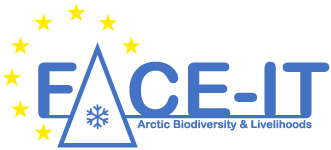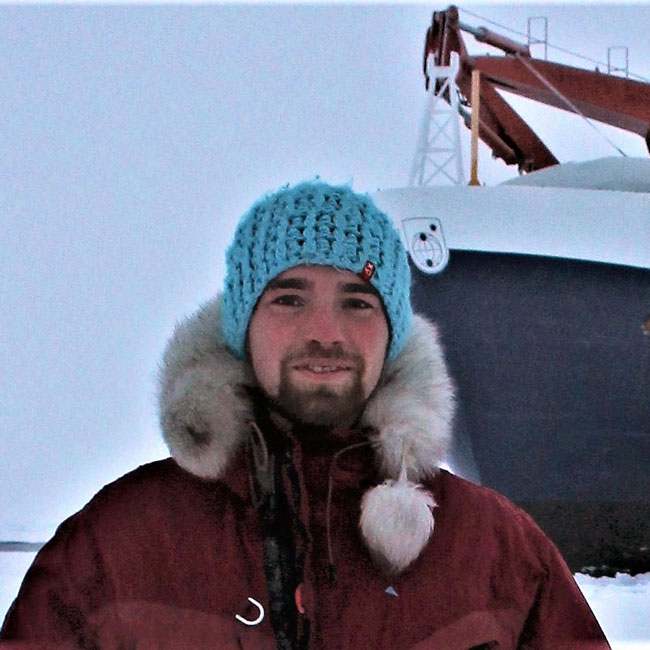Master thesis project on phytoplankton diversity and productivity at GINR in Nuuk, Greenland
[Published 22 March 2023]
General Background
Phytoplankton primary production is the base of the marine food web. Consequently, productive areas are often important for benthic ecosystems, as well as fishery. Northern Melville Bay, in Northwest Greenland is north of the currently exploited fishing grounds, but important for vulnerable benthic organisms, including corals, sea pens, and sponges. The overall objective of the field campaign is to map benthic and pelagic biodiversity and identify the potential biological and physical drivers, including phytoplankton diversity and production. Phytoplankton productivity around Greenland is typically highest during the spring bloom. However, autumn blooms may also be important, where upwelling supplies nutrients to the surface. This includes tidewater glacier fronts, but also coastal areas and shelf breaks (such as near Melville Bay). Drivers of diversity and biomass may include nutrient influx (via upwelling or water mass dynamics), stratification (driving the grazing pressure and light availability), light, and grazers.
Practical work
The practical work will start with the Melville Bay cruise in October 2023. The cruise will be for 2 weeks on the Greenlandic Research Vessel Tarajoq. While the focus of the thesis is on phytoplankton, the student will also have the opportunity to learn methods in different disciplines (oceanography, benthos, fish survey, seabed mapping) and to work interdisciplinarily. The main practical tasks during the cruise include phytoplankton sampling, using a phytoplankton net, water sampling, and in situ CTD measurements. The water samples will be analyzed for chlorophyll as proxy for phytoplankton biomass, nutrient concentrations, primary production (using light response curves), and phytoplankton diversity and community structure estimates. After discussions with the supervisors, the student may also develop own experiments, or measurements (e.g., nutrient enrichment) to own research questions of interest, using the water samples taken during the cruise.
Following the cruise, the student will learn how to measure nutrients and how to identify phytoplankton using a light microscope. The data and samples from the Melville Bay cruise may be supplemented with additional data and samples from the West Greenland shelf break taken in July 2023, and November 2022. The student will then learn multivariate statistical methods in R to analyze the data.
Timeline
The cruise is currently planned from the 6th to the 19th of October 2023 from Nuuk (Greenland) to Aasiaat (Disko Bay). The student should arrive a few days before to allow time for flight cancellations. Following the cruise, the student should ideally stay one month or more at the Greenland Institute of Natural Resources (GINR) in Nuuk (longer is possible). Accommodation can be rented from the GINR.
Funding
The project has 10.000 dkk funding for travel costs of the student. During the cruise, there are no additional costs, but also no salary. The rental cost of the apartment in Nuuk after the cruise is 4000 dkk per month. Additional funding for accommodation and food may be applied for via the ERASMUS placement stipend.
Contact
Tobias Vonnahme (lg.ru1729573282tan@n1729573282rot1729573282)
People involved
Tobias Reiner VONNAHME
Role in FACE-IT:
• Researcher "Biodiversity Changes"
• Researcher "Ecosystem Function Changes"
Greenland Institute of Natural Resources, Greenland Climate Research Centre (GCRC), Nuuk, Greenland
Tobias’ FACE-IT Projects
Thomas JUUL-PEDERSEN
Role in FACE-IT:
• Researcher "Ecosystem Function Changes"
Greenland Institute of Natural Resources, Greenland Climate Research Centre (GCRC), Nuuk, Greenland
GCRC personal page
Thomas’ FACE-IT Projects
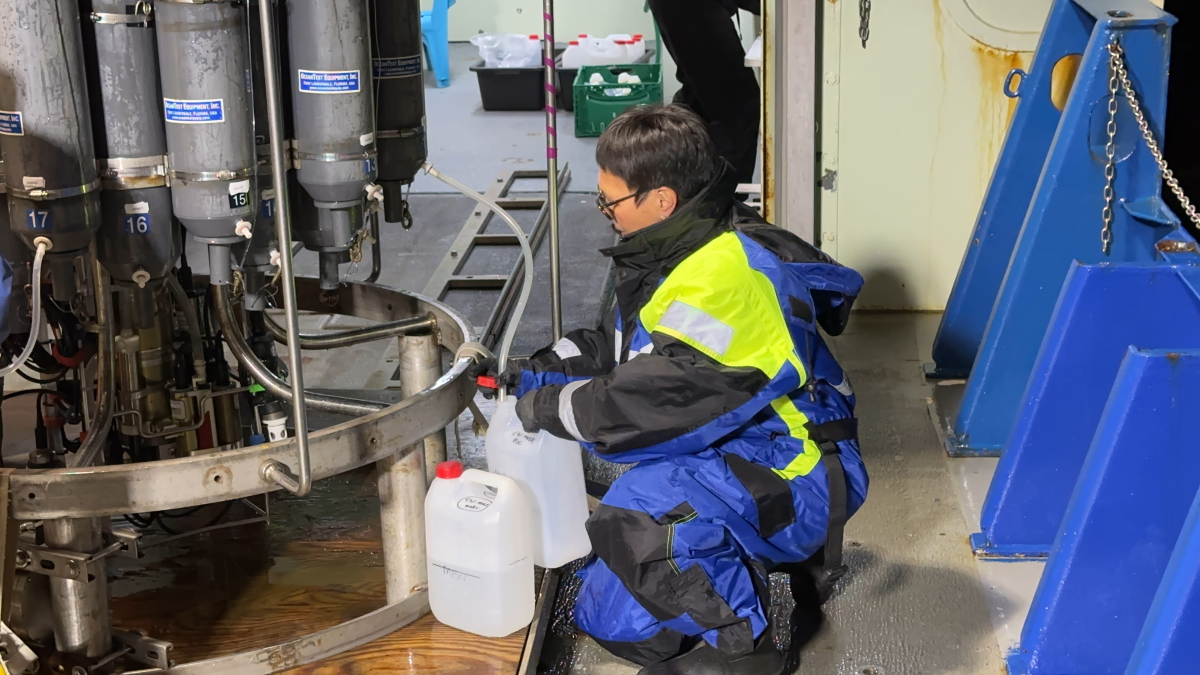
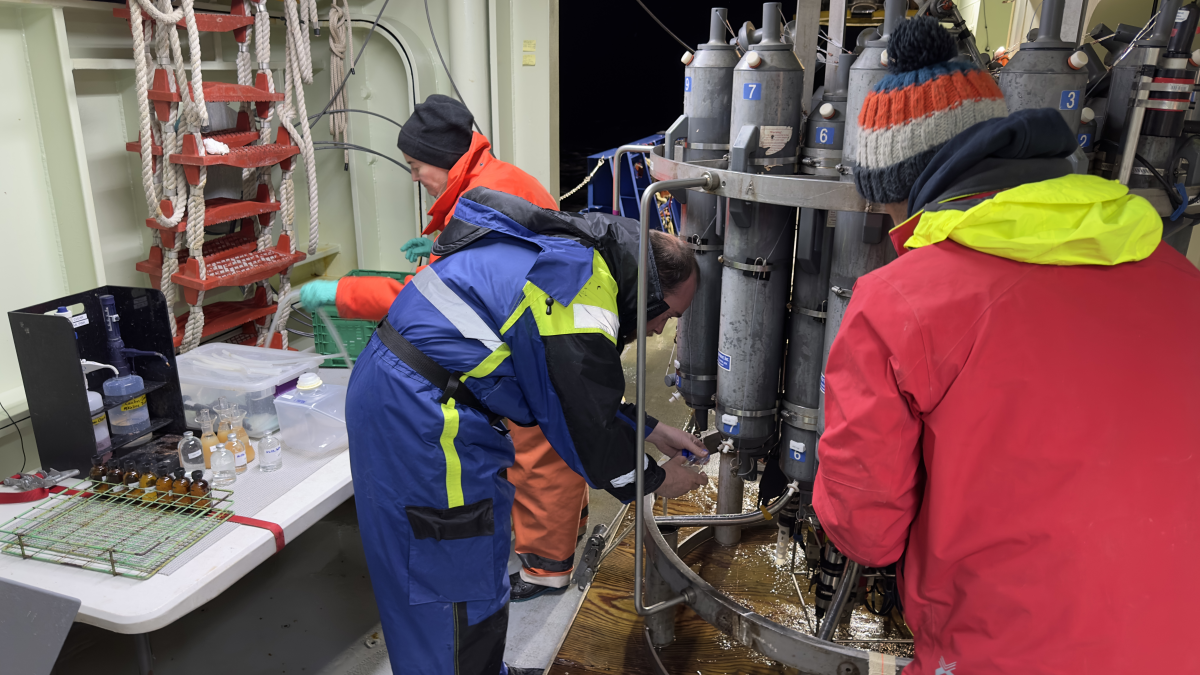
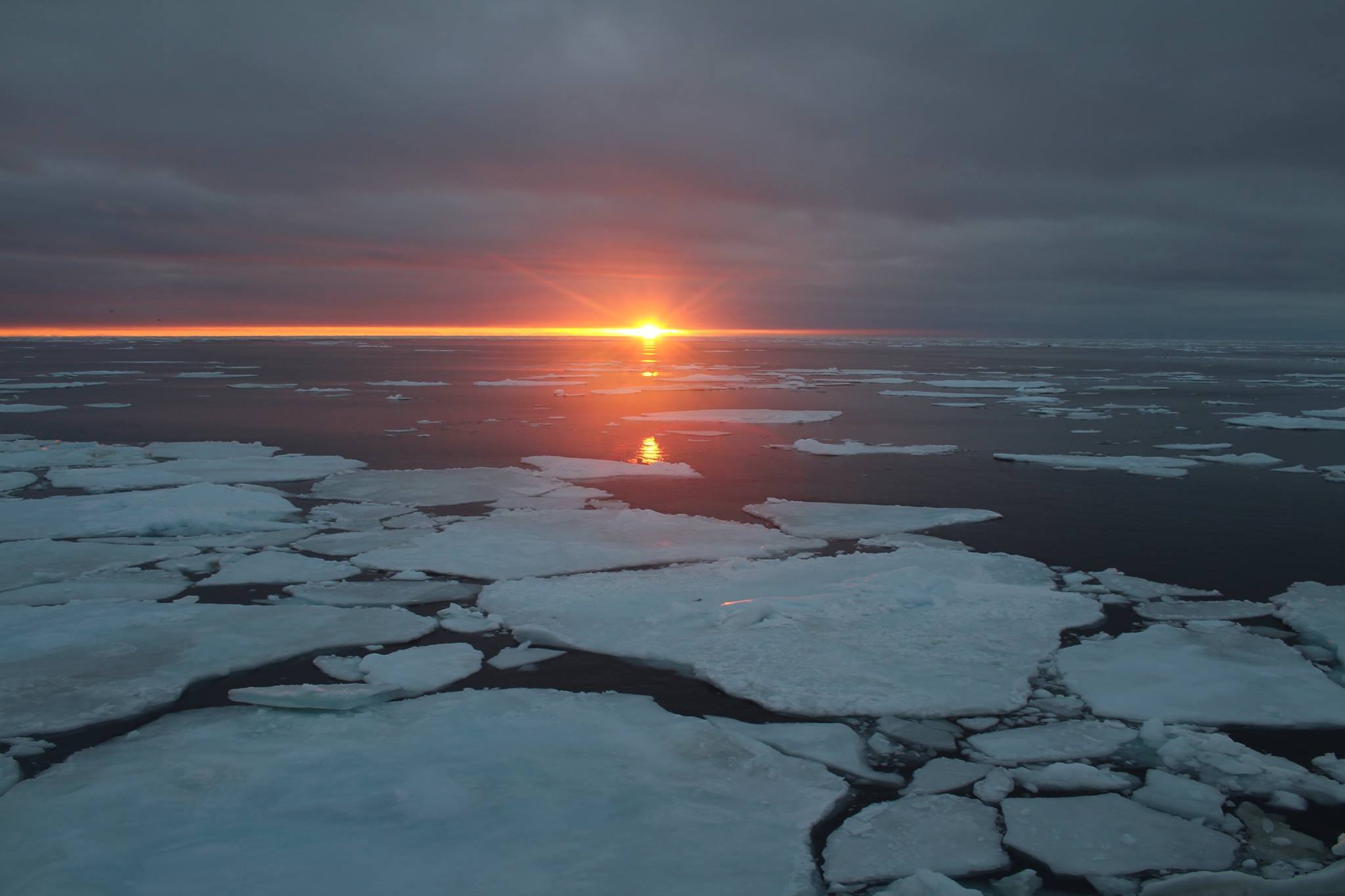
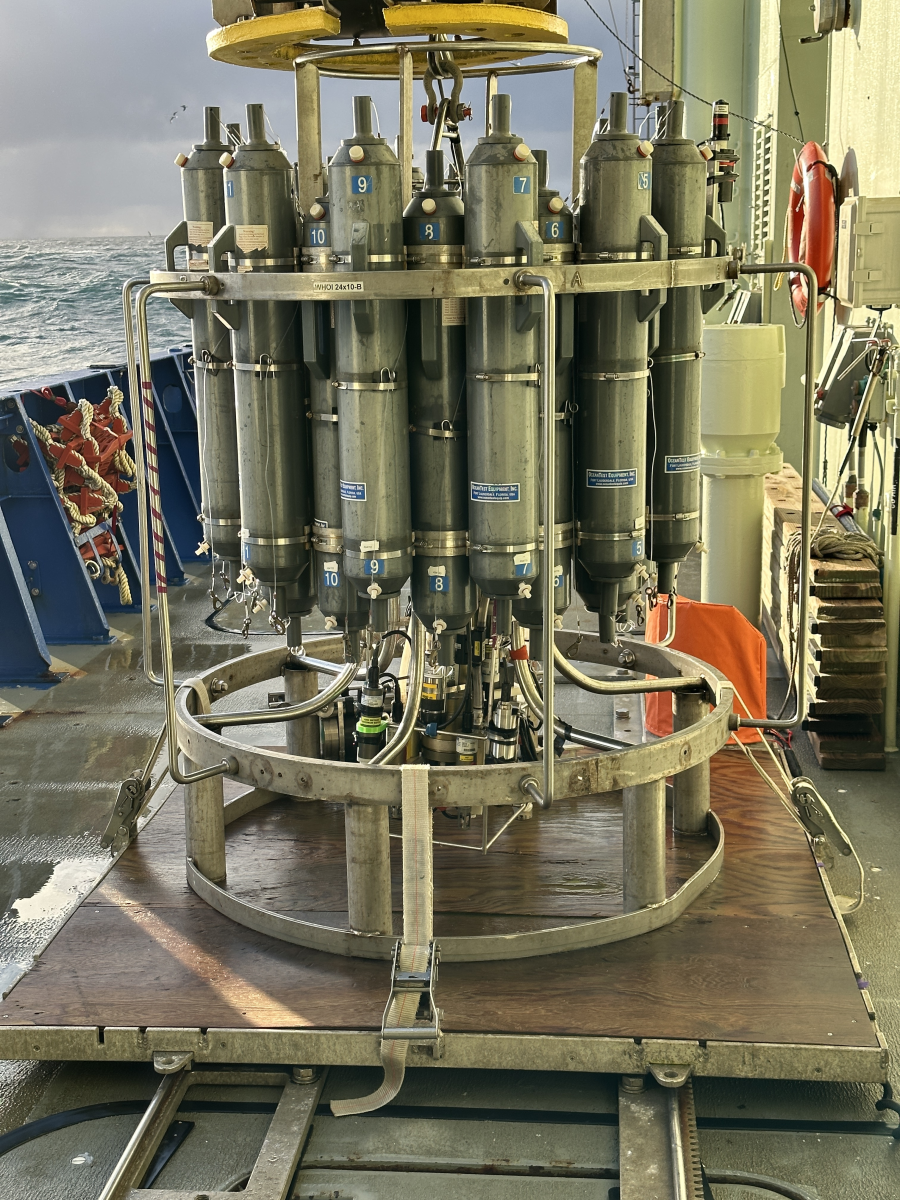
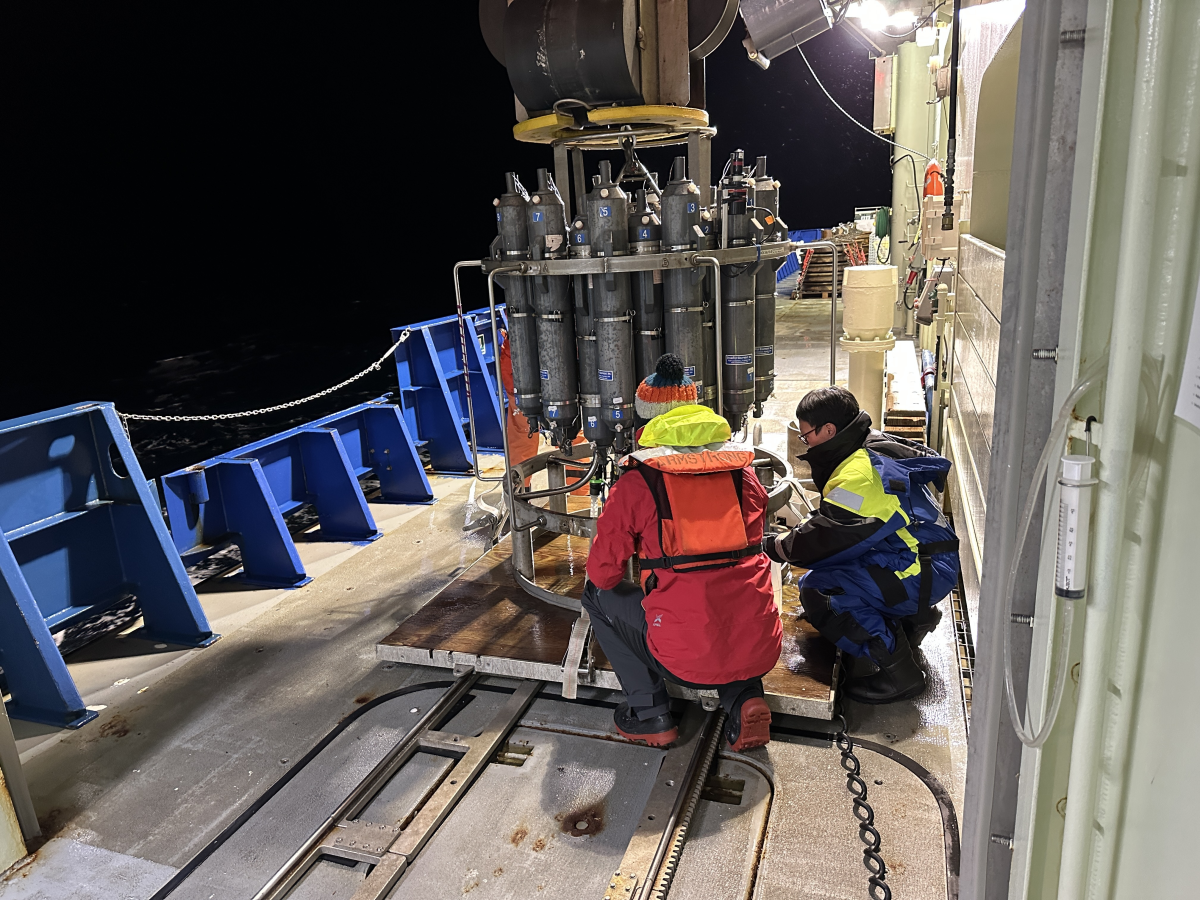
Photos: Tobias Vonnahme & Thomas Juul-Pedersen
